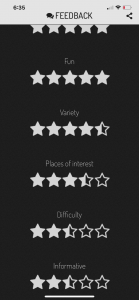When the society is developed, there is a growth in mobility system. According to Elliott & Urry (2010), in today’s society, people are connected with each other not only through constant mobility and face-to-face encounters, but also via travelling messages and objects. The societies can cope with distance thanks to different processes, two of which are virtual travel and communicative travel via letters, texts or telephones. This is how the society deals with social-distancing solution due to COVID-19 pandemic. The disease forces people to cut down on face-to-face interaction as much as possible to halt the spread. “The investment of affect into virtual objects (eg Facebook, Skype, etc) comprises a part of a “containment of anxiety’, which comes to the fore in conditions of complex mobile and digital life” (Elliott & Urry, 2010, p.21). Thanks to technology, people can deal with the social-distancing campaign.
Elliott and Urry (2010) suggest that one of the future scenarios is the emergence of hypermobility, which means there will be a significant development in mobile lives thanks to new transportation and communication practices. Telepresencing will become ubiquitous as it allows interactions to occur across different areas effortlessly. This concurs with the situation in the Covid-19 pandemic. Obviously, people still have a high demand of meeting each other in person as meeting online never replaces real-life interaction, but the dangerous level of the disease does not allow people to easily make any face-to-face appointments. Therefore, technology will be developed to meet people’s demand. For example, tele-immersion environments enable users to work or interact with each other in a shared and simulated environments. According to Elliott and Urry (2010:150), “the shock of climate change may tip societies into these kinds of digital network and a post-car future”.
References
Elliott, A., & Urry, J. (2010). Mobile lives. Routledge.









